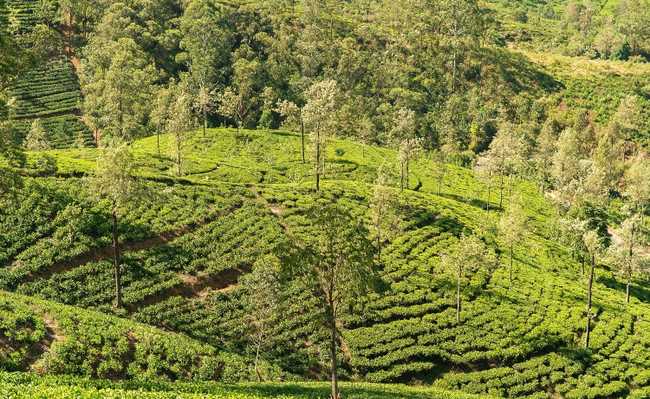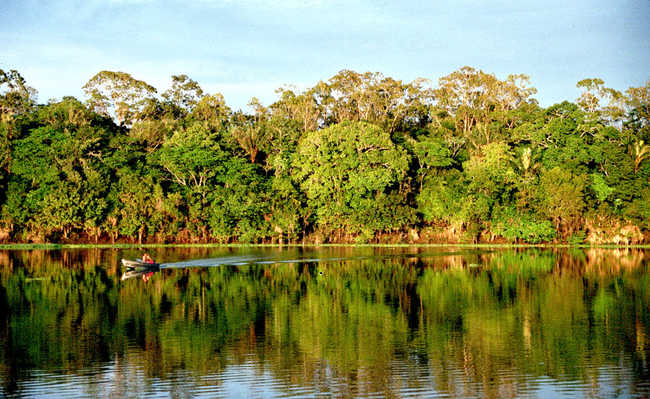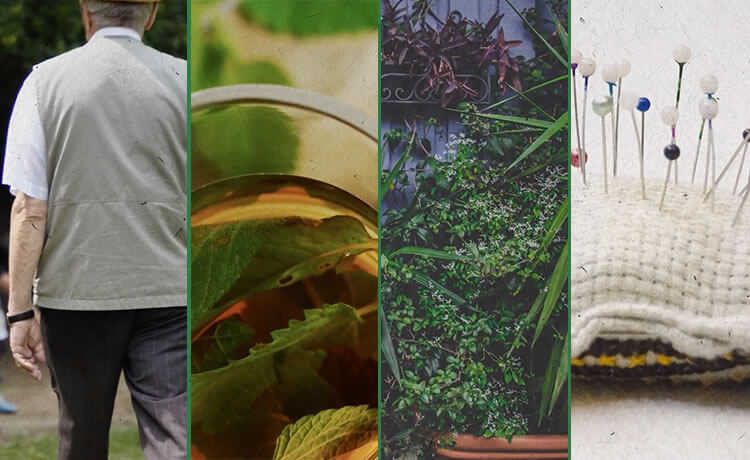Agroforestry systems in the production of organics
Agroforestry system is more advantageous in the production of organics, according to technicians

Egle Sidaraviciute image in Unsplash
The term “agroforestry” was coined to designate a special land use that involves the intentional management of trees. Through the introduction and mixing of trees or shrubs in agricultural or livestock production fields, benefits are obtained from the ecological and economic interactions that take place in this process.
There are many variations in practices that fall into the agroforestry category. In agroforestry, trees are combined with agricultural crops; in silvopastoral systems they are combined with animal production and in agroforestry systems the producer manages a mixture of trees, crops and animals. It is noteworthy that the incorporation of trees in food production systems is a practice with a long history.
Advantages of agroforestry systems compared to monocultures
Unlike monoculture, agroforestry systems have a varied composition, with about ten to twenty species, resulting in different harvests throughout the year. In addition to having economic benefits that allow farmers to diversify their production, this system also generates social benefits, as it helps to keep workers in the field. In addition, agroforestry systems also have several advantages for the environment, such as:
- Increased biodiversity;
- Decrease in erosion;
- Conservation of springs;
- Increase in biomass;
- Acidity reduction;
- Preservation of soil fertility and productivity.
With so many advantages, agroforestry systems are considered a good alternative for the rational use of renewable natural resources, minimizing the negative impacts of agriculture on the environment, while representing a solution with positive socioeconomic results.
Agroforestry system in organic production
The production of organic food in agroforestry systems has gained prominence among rural producers and may be more advantageous in the long term. According to Rafael Lima de Medeiros, rural extensionist at the Technical Assistance and Rural Extension Company of the Federal District (Emater-DF), agroforestry is a more balanced environment from a biological point of view and also a more advantageous system for the farmer who will always go make a profit with some harvest in the area.
To produce organic food, farmers are not allowed to use synthetic fertilizers, pesticides and transgenics in their crops, according to the Ministry of Agriculture, Livestock and Supply. And more than that, the production process must respect social and cultural relations and follow agroecological principles, with the sustainable use of natural resources.
Rural producer Silvia Pinheiro dos Santos adopted this system on her 21-hectare property in the Alexandre Gusmão Rural Center, in the Brazlândia region of the Federal District. Vegetables, fruits and hardwoods are planted together, in a consortium, and, according to Silvia, biodiversity is so great that it prevents many pests and gives more health to vegetables. The land grows, among other plants, mint, which keeps insects away, and pigeon pea, capable of fixing nitrogen in the soil.
“Horta is the activity that makes the least money, the most profitable is the fruit and the most profitable is the wood. So the idea is to retire with that thing there,” says Silvia, pointing to the trees. “As the wood grows, we choose what remains. The vegetables come straight away and that's what we eat”, he added.
Evolution of organic
Silvia says that the property has been in the family for over 40 years and that until ten years ago the area was all pasture for cattle. “Today we have cattle, sheep and agroforestry. Cattle are not a problem, the problem is to remove everything to put the pasture. We made the agroforestry in a way that in a while we will raise cattle there, because we even plant the fruit that the cattle like to eat”, he said.
For Silvia, agroforestry systems are an evolution of organic ones. “In the organic sector, there are still those who plant, as in the traditional culture, only one species, and the product is more expensive because you can't apply anything, so it needs a lot of people to clean it. In agroforestry, you only induce nature, so you can have a more competitive price”, he said, adding that he uses the pruning of the trees and the humus produced on the site as fertilizer for the plants.
Priority Agroecology
The agronomist engineer at Emater-DF, Rafael Lima de Medeiros, says that the organic market is growing and Emater is already working on the agroecology program as a priority. “In the Federal District, production is growing, but organic properties are still a very small portion. We have more than five thousand rural properties and just over 150 are organic. But the number of organic fairs is growing and more farmers want to join this sale”, he observed.
Medeiros also says that Emater is also working to reach the conventional farmer, so that he starts using more sustainable practices, reducing the use of pesticides. “They are beginning to adapt and, in the future, this can serve as an incentive for them to definitely move to organic production”, he added.










